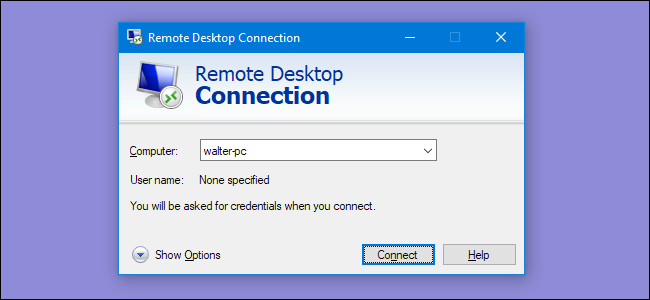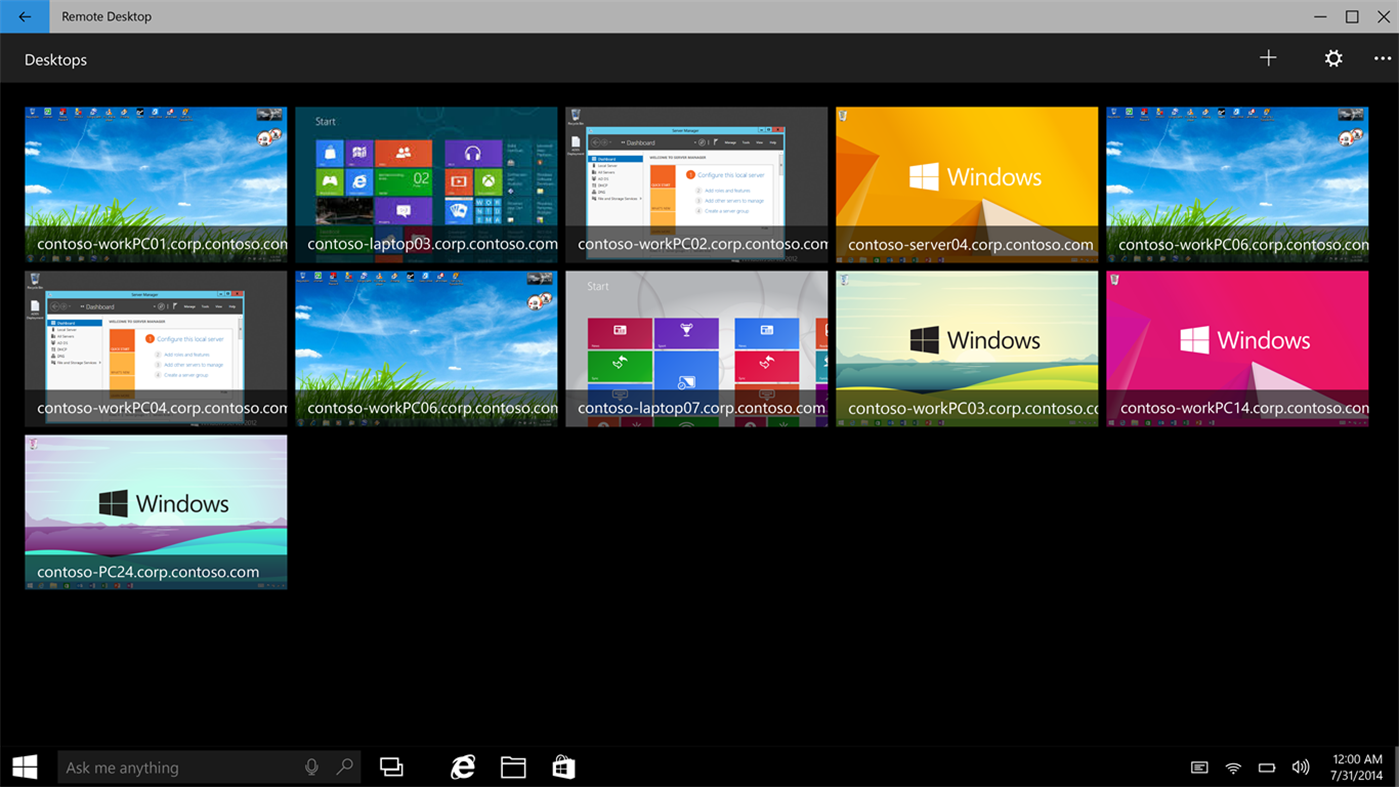

Why not break that old print driver too? ( because throwing out a $5,000 laser printer is too physically obvious and would not be acceptable - ouch! ) My "old" Kyocera laser printer which is older than Adobe Acrobat 10 redirects just fine. ( eg Apple iOS upgrades degrading hardware performance - I buy Samsung now ) I have gone through ver 5.0, 7.0, 8.0 and Adobe X - which makes me "old" too! lol This forced obsolescence becomes tiresome after a few upgrade versions, it is very costly but we all accept it. I understand the "old" software argument, but it all seems a bit strange and unfair. ( n = a random session number created by RDC/RDP )Īll other printer redirections still work, only the Adobe PDF ( redirected n ) printer is broken. The Adobe PDF (redirected n ) insisted it was not from a redirection. I uninstalled Reader 9 from the desktop PC, and installed Acrobat X to match my laptop, just in case the drivers were causing this. ( not good)Īfter reading some forums I tried a few things. This means that redirection back to the laptop no longer worked, and it was treating it like a printer on the remote desktop PC. )Īfter the update on the desktop PC, the PDF print "save file" dialog box appeared on my remote desktop screen, not on my laptop. Hence I have Adobe X on installed on the laptop and Reader 9 was on the desktop PC. ( Viewing and navigating and editing PDF images over RDC/RDP is uselessly slow, as the screen must continously refresh images, that's why I do this on the local laptop, not on the remote desktop. I did this by using the Adobe PDF (redirected 2) printer on the RDC/RDP screen. Previously I could print Adobe PDF's from the remote desktop connection, and it would redirect a PDF to my local laptop for fast viewing and editing. Type gpedit.msc and click OK to open Local Group Policy Editor.All was working fine until Windows 10 pro updated in April 20 on my desktop computer From the Windows 10 machine open Run application. Disabling the UDP protocol from local group policy fixes this issue. This issue have been reported in Windows 10 version 1809 to 1903.

This is most likely because of bug in Windows 10 which is unable to switch between TCP and UDP protocol seamlessly. But in Windows 10, the RDP client freezes the screen randomly. The purpose of UDP is to make the connection faster and improve user experience. RDP protocol started using UDP from RDP v8 which was released in Windows 8 and Server 2012. RDP uses both UDP and TCP protocols on port 3389. To fix RDP connection freezes in Windows 10 you need to disable UDP protocol from RDP client using local Group Policy. In Windows 10 there is a issue where once you establish RDP connection to the machine the screen will freeze after some time randomly and you have to disconnect and re-connect the RDP session. Remote Desktop connection is the default application available in Windows 10 machine to access other windows machines remotely.


 0 kommentar(er)
0 kommentar(er)
